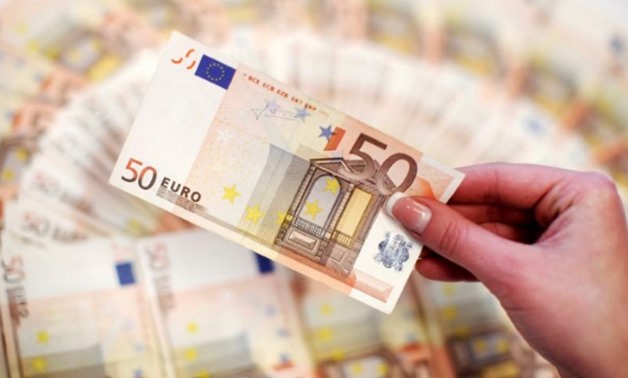
An employee shows fifty-euro notes in a bank in Sarajevo, March 19, 2012. REUTERS/Dado Ruvic-
File Photo
LONDON -13 October 2017: Appetite for the single currency was also supported by strong Chinese trade data for September and a weakening dollar following cautious comments from U.S. policymakers.
“If the European economic recovery continues and the ECB pushes ahead with policy normalisation, we will see the euro trade above 1.30 within 18 months or so,” said Kit Juckes, an FX strategist at Societe Generale in London.
The single currency was trading 0.1 percent higher at $1.1839 on Friday. It has gained 1 percent so far this week, putting it on course for its biggest rise since the week of Sept. 9.
European Central Bank policymakers broadly agreed to extend asset purchases at a lower volume at their October policy meeting with views converging on a nine-month extension, five people with direct knowledge of the discussion told Reuters.
The dollar was set for its biggest weekly drop in more than a month as U.S. Treasury yields stayed near recent lows before U.S. inflation data.
The dollar index, which tracks the currency against a basket of six major peers, was 0.1 percent lower at 92.970, and poised to shed 0.9 percent for the week.
The index had risen to a 10-week peak of 94.267 last Friday after robust U.S. wages data hardened expectations for a December Federal Reserve rate hike, but it has slipped through the week along with a steady decline in Treasury yields.
“When the U.S. 10-year yield struggles below 2.4 percent, it comes as no surprise to see the dollar having a difficult time rising against the yen,” said Makoto Noji, senior strategist at SMBC Nikko Securities.
“The difference between domestic and foreign bond yields drive short-term trends and yen selling momentum is suppressed when foreign yields stay relatively low.”

Comments
Leave a Comment